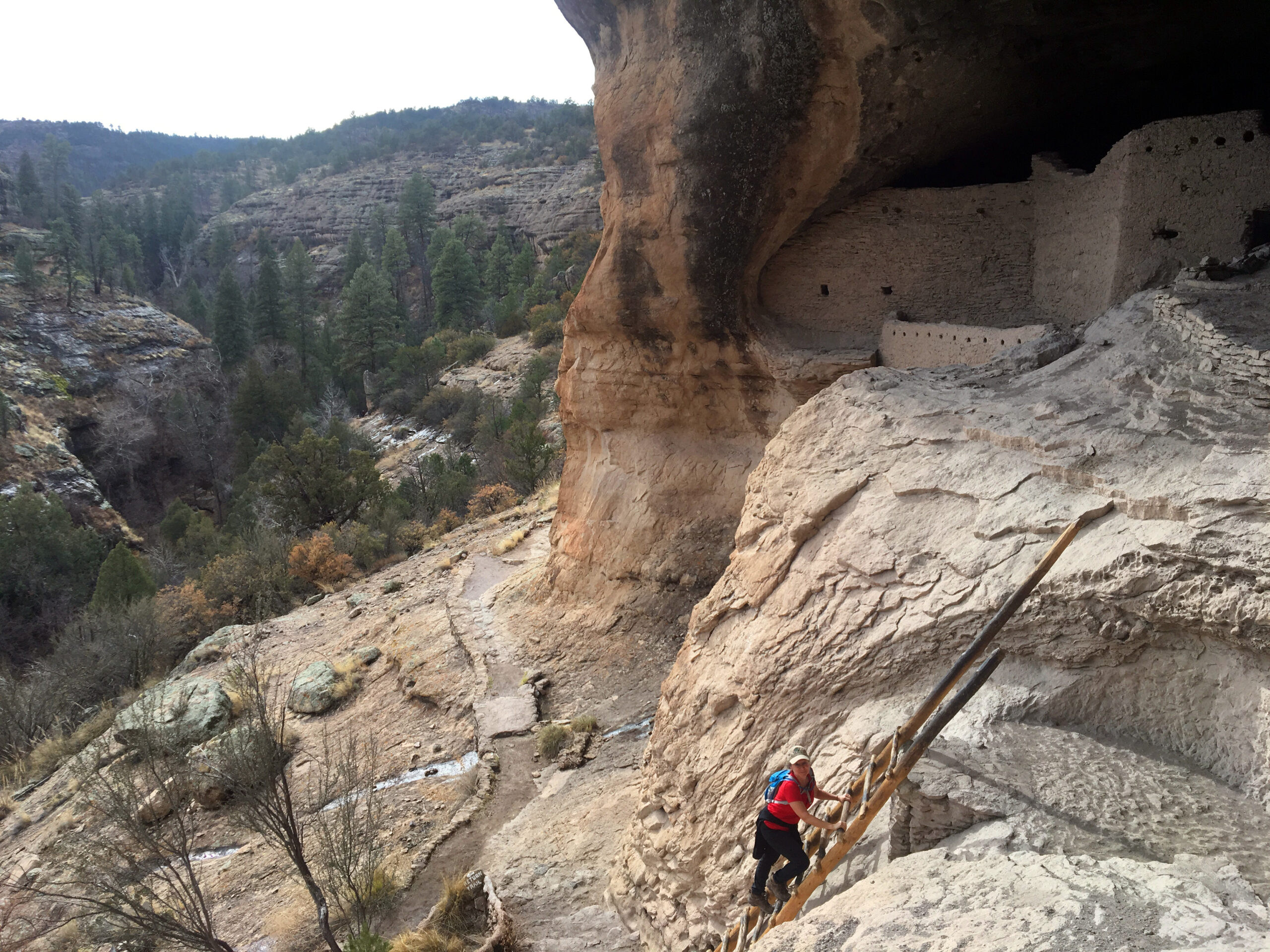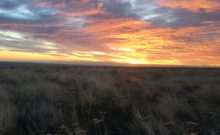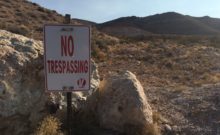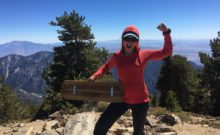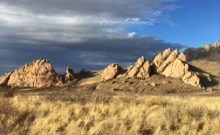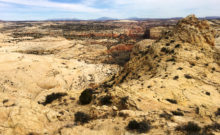Gila Cliff Dwelling NM is an interesting foil to Organ Mountains-Desert Peaks. It was established as the eighth national monument by Theodore Roosevelt in 1907, only a year after the Antiquities Act became law. Following his interpretation of the Act’s wording to conserve “the smallest area compatible with the protection of the objects to be protected,” Roosevelt designated only 160 acres as the monument, drawing a border around the cave dwelling exactly. Today, the monument consists of 533 acres and includes a one mile access trail.
Organ Mountains-Desert Peaks, on the other hand, was designated by President Obama in 2014 and is 496,330 acres, a much larger area designed to protect not only specific cultural sites, but ecosystems as well. These two monuments are excellent examples of how the thinking behind monument creation has changed in our country over the past 100+ years.
It is an easy stroll up a river canyon to the Gila Cliff Dwellings. In five connected caves an elaborate series of structures has been built, containing 46 different rooms. From the trail you can see the brick structures filling the edges of the caves, like the shining gems inside a cracked geode.
This cave city is believed to have housed 10-15 families of the Mogollon people. The Mogollon were contemporaries of the ancient ancestral puebloan people who lived further north in Utah and Colorado and built the dwellings in Mesa Verde and Chaco Canyon. Ancestors of the modern Zuni, the Mogollon lived in southern New Mexico, Arizona, and northern Mexico.
We made our way through the rooms to a volunteer ranger who was staffed in the dwellings to answer questions. “Can you see anything on this wall?” the volunteer stepped back and gestured to the brick wall before us. I scanned the structure. Stones were piled neatly on top of each other and packed together with clay. The mortar had dried into a stone-like, textured surface.
“There are fingerprints in the mortar,” I said, stepping closer to position my face just inches from the wall to get a better look.
Depressions and channels remained where hands had packed the mortar around the stones. I could almost see the whorls and ridges of individual fingerprints. It looked as if someone had built this wall by hand last week, not hundreds of years ago.

